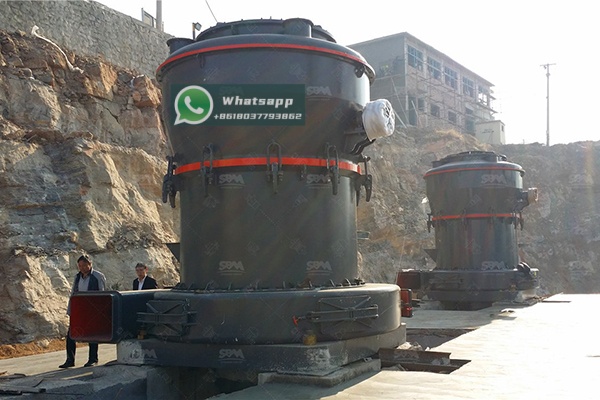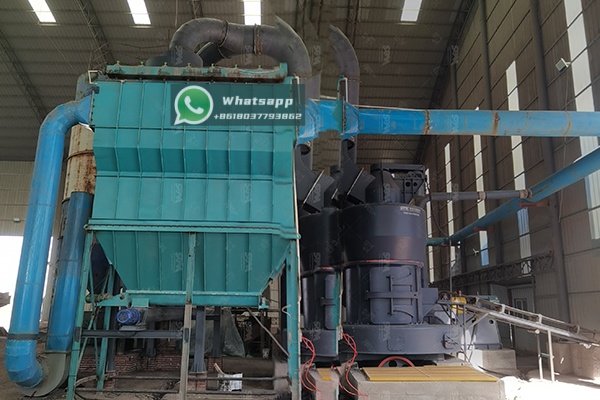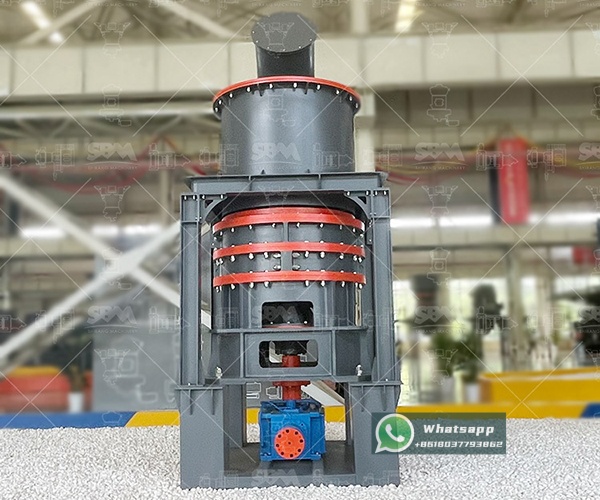Kaolin clay, a naturally occurring white aluminosilicate mineral, is the cornerstone of the high-end ceramics industry. Its unique properties—including whiteness, plasticity, chemical inertness, and fine particle size—directly influence the strength, translucency, and aesthetic quality of the final ceramic product, from delicate porcelain tableware to advanced technical ceramics. The journey from raw, mined kaolin to a refined, ultra-fine powder suitable for premium applications is a technologically demanding process. The selection of the optimal grinding equipment is paramount, as it must achieve precise particle size distribution, maintain the mineral’s chemical integrity, and do so in an efficient and cost-effective manner. This article explores the technical challenges of grinding kaolin and presents advanced milling solutions from Shanghai Zenith Machinery Co., Ltd., a leader in industrial grinding technology.

For high-end ceramics, the particle size and distribution of kaolin are not mere specifications; they are critical performance indicators. A finer, more uniform particle size leads to:
Therefore, the grinding process must be precisely controlled to produce a consistent product, typically targeting a fineness ranging from 325 mesh (45 μm) to 2500 mesh (5 μm) or even finer for specialized applications.
Grinding kaolin presents several distinct challenges that not all milling equipment can overcome effectively:
Several types of mills are used in the industry, each with its own advantages and limitations for kaolin processing:
For the most demanding applications, advanced grinding technologies that integrate drying, grinding, and classification are essential.

Shanghai Zenith Machinery Co., Ltd. specializes in the research, development, and production of industrial powder grinding equipment. Our extensive portfolio includes machines designed to meet the rigorous demands of the kaolin processing industry, focusing on efficiency, product quality, and environmental sustainability.
For large-scale kaolin processing plants, the LM Vertical Grinding Mill represents a paradigm shift. It integrates five functions—crushing, grinding, powder selection, drying, and material conveying—into a single, compact unit. This is particularly beneficial for kaolin, which often requires drying. Hot air from the kiln or a hot air generator can be introduced directly into the mill, simultaneously drying and grinding the material, eliminating the need for a separate, energy-intensive drying plant.
Key advantages for kaolin grinding include:
| Model | Plate diameter (mm) | Capacity (t/h) | Output fineness (μm) | Max feed size (mm) | Main motor (kW) |
|---|---|---|---|---|---|
| LM130K | 1300 | 10-28 | 170-40 | <38 | 200 |
| LM190K | 1900 | 23-68 | 170-40 | <45 | 500 |
| LM280K | 2800 | 50-170 | 170-45 | <50 | 1250 |
When the application calls for the absolute finest and most consistent particle size, the XZM Ultrafine Grinding Mill is the ideal choice. This mill is engineered specifically for producing superfine powders and is widely used for grinding soft to medium-hard materials like kaolin with moisture content below 6%. Its design incorporates a high-precision classifier that ensures only particles meeting the target fineness leave the grinding chamber, resulting in a sharp and narrow particle size distribution.
Key advantages for ultra-fine kaolin grinding include:
| Model | Working diameter (mm) | Max feed size (mm) | Final size (mesh) | Output (kg/h) | Main motor power (kW) |
|---|---|---|---|---|---|
| XZM221 | Φ800 | ≤20 | 325-2500 | 500-4500 | 75 |
| XZM268 | Φ1680 | ≤20 | 325-2500 | 5000-25000 | 315 |

The path to producing exceptional high-end ceramics begins with the meticulous processing of raw kaolin clay. Compromising on the grinding technology can lead to inferior product quality, higher operating costs, and inconsistent results. By investing in advanced, purpose-built grinding machinery from a reputable manufacturer like Shanghai Zenith, producers can ensure they meet the exacting standards of the global ceramics market.
Our LM Vertical Grinding Mill offers an efficient, integrated solution for large-scale production with optional drying, while the XZM Ultrafine Grinding Mill is unmatched in its ability to deliver the superfine, consistent powders required for the most premium applications. By leveraging our expertise and technological innovation, kaolin processors can optimize their operations, enhance their product value, and secure a competitive edge in the high-end ceramics industry.